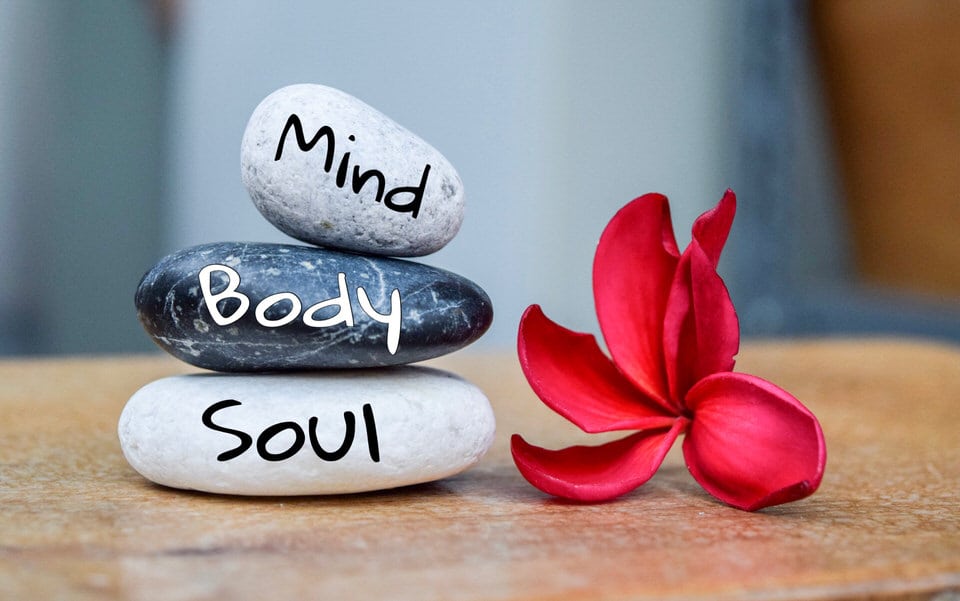We are all aware of the need to balance our financial portfolio so that in times of hardship or when disaster strikes — stock market drops, pink slips, etc — we will be affected by financial challenges as little as possible. Having a substantial bank account allows us many opportunities that people with lesser financial savvy and preparation must for ego.
Perhaps you are at a “comfortable” financial level, able to pay off bills and credit cards timely, and have enough disposable income to enjoy a good quality of life. Perhaps you enjoy an “extremely high” financial level, with unending “toys”, travel when and where you want, and other opportunities for the “good life”. Either way you are able to handle sudden financial challenges and able to take advantage of financial opportunities as they come your way. Feels good, doesn’t it?
But what about your health portfolio? When faced with challenges such as a cold, flu season, children’s ear infections, etc. do you just accept them as part of life? What about when disaster strikes in the form of a serious health challenge to you or a family member. Is your health bank account equipped to fight back?
In the United States, the average age of disability (when quality of life becomes so poor that you need help for daily activities of living) is 65 years old. Modern medicine is providing miracles in keeping us alive longer — increasing our “lifespan”. But what about the quality of our lives? If we want to continue our “healthspan” along with our “lifespan”, it is imperative to raise the level of our health bank account as well as balance our health portfolio.
If you think the cost of health care has gone through the roof now, wait until the majority of baby boomers reach the “age of disability”. Now is the time to take a serious look at your own health bank account and ask “Do I have all the energy I need each day?”, “What is my ‘cushion’ in case of serious illness?” and “Does my health portfolio need balancing?”
Source by Jan Barosh










Leave a Reply